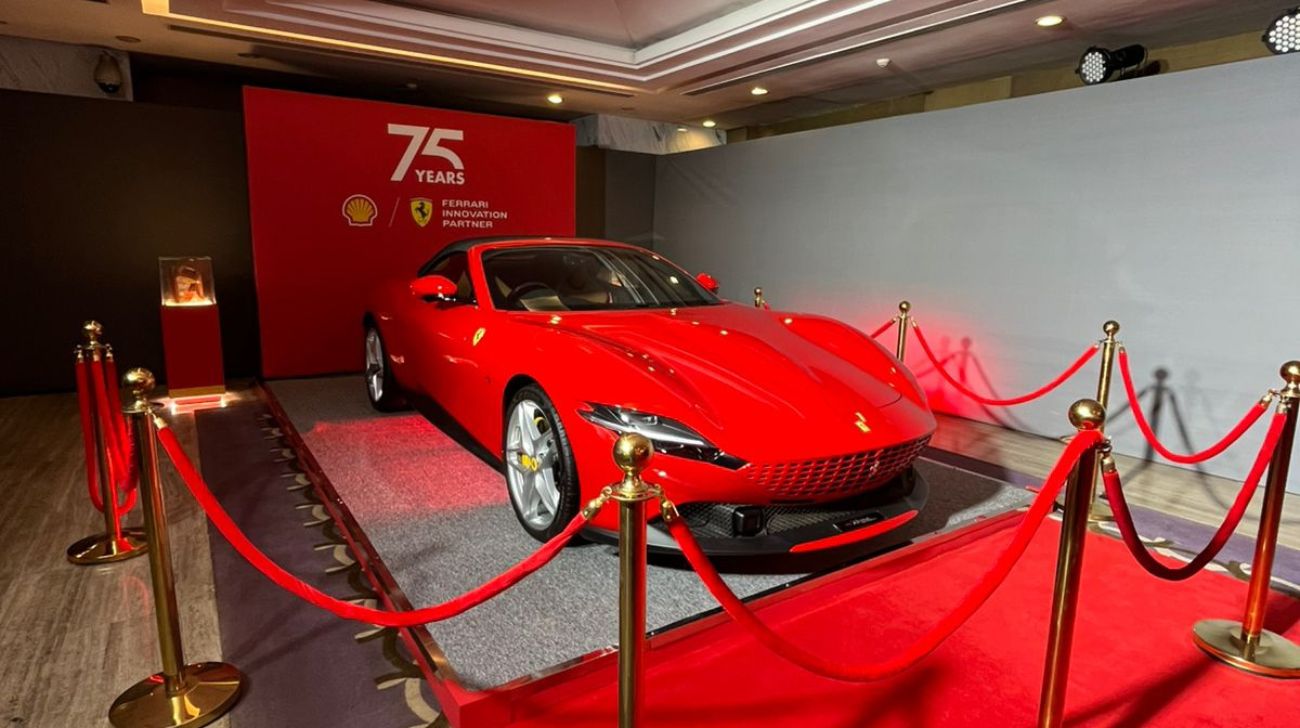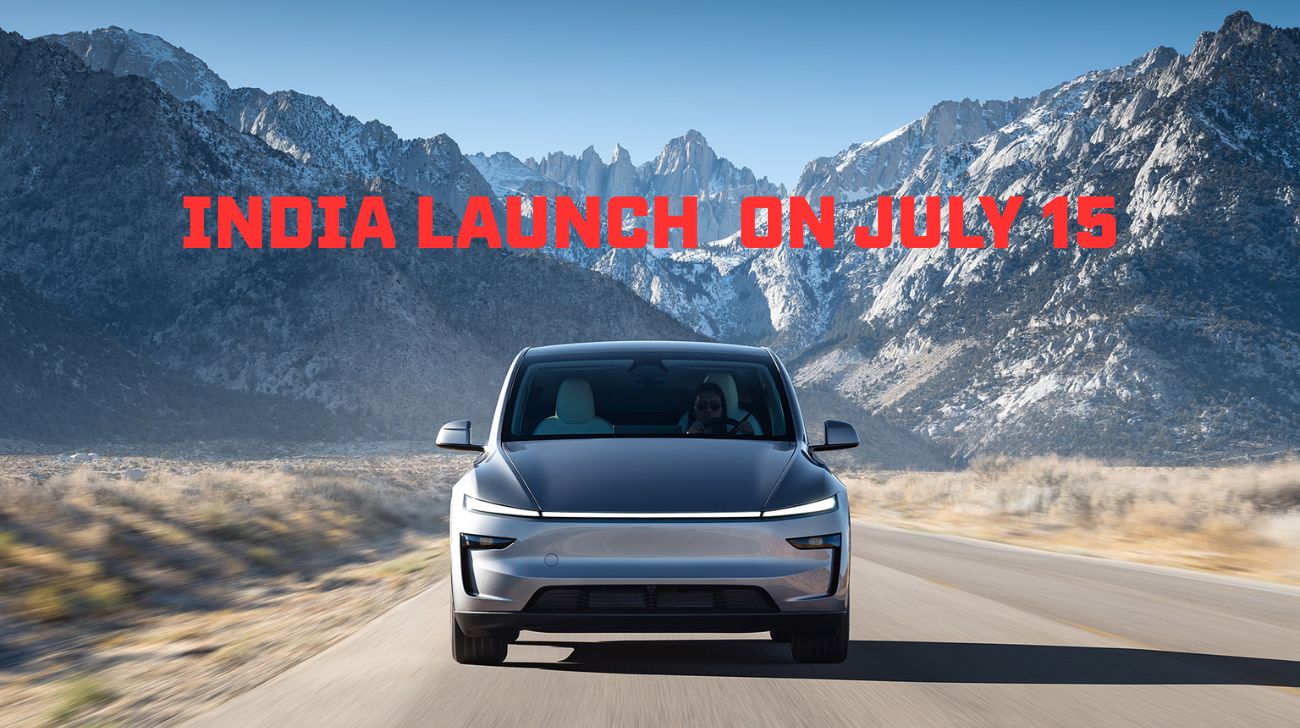April 2025 offered a revealing snapshot of India’s dynamic automotive landscape an industry balancing growth and disruption. Passenger vehicle sales surged, especially in SUVs and EVs, highlighting a shift toward aspirational, tech-laden mobility. Urban buyers are leaning into spacious, fuel-efficient cars as financing becomes more accessible and rural demand stabilizes. EV adoption, too, is accelerating, supported by government incentives, more model options, and improved charging infrastructure in Tier-1 and Tier-2 cities.
In contrast, the two-wheeler segment continues to face uneven recovery. Rural demand, once a stronghold, remains fragile due to fluctuating farm incomes and liquidity constraints. Meanwhile, urban buyers are increasingly choosing electric two-wheelers, pushing traditional ICE manufacturers to adapt.
Three-wheelers, often under the radar, are quietly electrifying. Startups and legacy OEMs alike are investing in electric alternatives, driven by the promise of efficient last-mile delivery and urban transport solutions.
India’s auto market is no longer monolithic. It’s a complex ecosystem where electrification, premiumisation, and regional economic trends shape outcomes. April 2025 captured this evolving narrative—rewarding brands that embrace change and challenging those slow to pivot.
Passenger Vehicles: Record Highs Amidst Changing Dynamics
The Indian PV market reached an unprecedented peak in April 2025, with wholesale dispatches hitting 348,847 units—a 3.9% year-on-year (YoY) increase from April 2024's 335,629 units. This surge was predominantly driven by the sustained demand for SUVs, reflecting consumers' preference for versatile and spacious vehicles.
Sector Synopsis:
India’s PV sector continues to be spearheaded by legacy automakers such as Maruti Suzuki, Hyundai, and Tata Motors, while Mahindra & Mahindra has emerged as a major force with its successful SUV portfolio. The sector is undergoing a shift towards premiumisation and electrification, with growing participation from MG Motor, BYD, and Mahindra Electric. Competition is intense in the mid-size SUV and compact car segments, with EVs gaining significant traction. Government incentives and increasing charging infrastructure are accelerating EV adoption across urban centers.
Top Performers:
-
Maruti Suzuki: Maintained its leadership with 138,704 units sold, marking a slight YoY growth of 0.6%.
-
Mahindra & Mahindra: Surpassed Hyundai to secure the second position, recording 52,330 units—a remarkable 28% YoY growth.
-
Tata Motors: Reported sales of 45,199 units, experiencing a 5.61% decline compared to the previous year.
-
Hyundai: Faced an 11.6% drop in sales, totaling 43,642 units.
Best-Selling Models:
The top 10 passenger cars collectively sold 153,284 units in April 2025, reflecting a 10.93% YoY growth. Notable performers included the Hyundai Creta, Maruti Dzire, and Mahindra Scorpio, indicating a strong consumer inclination towards both compact and mid-size SUVs.
Electric Vehicle (EV) Segment:
The EV market witnessed a significant boost, with electric passenger vehicle sales soaring by 58% YoY to 12,330 units. Mahindra led this segment with a 24% market share, followed by Tata Motors at 20% and MG Motor at 18%.
Top 10 Best-Selling Passenger Vehicles – April 2025
| Rank | Model | Units Sold | YoY Change |
|---|---|---|---|
| 1 | Hyundai Creta | 17,016 | +10% |
| 2 | Maruti Suzuki Dzire | 16,996 | +7% |
| 3 | Maruti Suzuki Brezza | 16,971 | -1% |
| 4 | Maruti Suzuki Ertiga | 15,780 | +17% |
| 5 | Mahindra Scorpio | 15,534 | +5% |
| 6 | Tata Nexon | 15,457 | +38% |
| 7 | Maruti Suzuki Swift | 14,592 | +256% |
| 8 | Maruti Suzuki Fronx | 14,345 | 0% |
| 9 | Maruti Suzuki Wagon R | 13,413 | -25% |
| 10 | Maruti Suzuki Baleno | 13,180 | -6% |
The Hyundai Creta led the charts with 17,016 units sold, marking a 10% year-on-year increase. The Maruti Suzuki Dzire followed closely with 16,996 units, reflecting a 7% growth compared to April 2024. *
Two-Wheelers: Navigating Through Challenges
Contrasting the PV segment's success, the 2W market experienced a downturn. Total two-wheeler sales, including exports, stood at 1,750,000 units in April 2025, marking a 5% YoY decline.
Sector Synopsis:
The two-wheeler market in India has traditionally been dominated by Hero MotoCorp, Honda Motorcycle & Scooter India (HMSI), and TVS Motor Company. However, the segment is in flux as rising costs, urban congestion, and the rise of electric mobility disrupt conventional models. While Hero still commands a sizable rural presence, urban buyers are gravitating towards feature-rich scooters and stylish motorcycles from TVS, Bajaj, and Suzuki. Electric two-wheelers have entered a critical adoption phase, with Ola Electric, Ather Energy, and TVS leading the charge. Segment maturity is pushing OEMs to innovate in digital connectivity, performance variants, and greener technologies.
Manufacturer Performance:
-
Honda: Led the market with 480,896 units sold, despite an 11.26% YoY decline.
-
TVS Motor Company: Achieved 430,330 units, registering a 14.88% YoY growth.
-
Hero MotoCorp: Sold 305,406 units, facing a significant 42.76% YoY decline.
Electric Two-Wheelers:
The e2W segment showcased resilience, with TVS Motor Company's iQube leading April 2025 sales at 19,736 units, narrowly surpassing Ola Electric's 19,709 units. Bajaj Auto's Chetak also demonstrated strong performance, contributing to the company's 20% market share in the e2W segment.
Top 10 Best-Selling Two-Wheelers – April 2025
| Rank | Model | Units Sold | YoY Change |
|---|---|---|---|
| 1 | Hero Splendor | 2,07,763 | -25.25% |
| 2 | Honda Activa | 1,74,009 | -13.05% |
| 3 | Honda Shine | 1,54,561 | +8.26% |
| 4 | TVS Jupiter | 1,03,576 | +40.23% |
| 5 | Bajaj Pulsar | 87,902 | -21.90% |
| 6 | Hero HF Deluxe | 70,581 | -7.30% |
| 7 | Suzuki Access | 59,039 | +4.54% |
| 8 | TVS Apache | 37,954 | +9.72% |
| 9 | TVS XL 100 | 33,572 | -18.23% |
| 10 | RE Classic 350 | 30,641 | +8.23% |
*Despite a decline in sales, the Hero Splendor remained the top-selling two-wheeler in April 2025. The Honda Activa secured the second position with 1,74,009 units sold, experiencing a 13.05% decrease from the previous year. *
Three-Wheelers: Transitioning Towards Electrification
The electric three-wheeler (e3W) market is experiencing a transformative phase, with legacy OEMs entering the space and challenging established players.
Sector Synopsis:
Three-wheelers, the backbone of last-mile mobility and intra-city goods transport in India, are undergoing a quiet revolution. Traditionally led by players like Bajaj Auto and Piaggio, the sector is now being transformed by electrification. Agile startups such as YC Electric and Saera Electric have made early gains, but established brands like Mahindra Last Mile Mobility (MLMM), TVS, and Bajaj are scaling up fast. The shift towards electric three-wheelers is driven by state-level subsidies, financing innovations, and increasing fleet electrification in urban logistics.
Key Players:
-
Mahindra Last Mile Mobility (MLMM): Sold 5,640 units in April 2025, marking an 87% YoY increase and securing a 9% market share.
-
Bajaj Auto: Recorded 5,509 units, a 330% YoY growth, also capturing a 9% market share.
-
YC Electric: Sold 4,465 units, up 15% YoY, holding a 6.38% market share.
-
TVS Motor Company: Entered the e3W market with the King EV Max, selling 1,207 units and achieving a 2% market share.
Future Outlook: Navigating the Road Ahead
The Indian automotive industry stands at a pivotal juncture. The PV segment is poised for continued growth, driven by sustained SUV demand and increasing EV adoption. However, the 2W market faces challenges, including shifting consumer preferences and economic headwinds.
Analysts project a moderate growth trajectory for the PV segment, with expectations of a 1-2% increase in the coming months, contingent on economic factors such as interest rates and consumer sentiment. The 2W segment may witness a gradual recovery as manufacturers adapt to changing market dynamics and invest in electric mobility solutions.
In conclusion, while April 2025 showcased contrasting trends across segments, the industry's adaptability and innovation will be crucial in steering towards a sustainable and prosperous future.





